Scientist of the Day - David du Bose Gaillard
David du Bose Gaillard, a U.S. Army engineer, died Dec. 5, 1913, at age 54. In 1908, he joined the Panama Canal project and was put in charge of the infamous "Culebra Cut". The cut was a nine-mile stretch where the canal had to cut through the mountainous ridge that runs along the Isthmus, parallel to the two coasts. It wasn't much of a ridge, not even 400 feet high at maximum, but since the locks would raise the canal from sea level to a level of only 80 feet, that left a lot of rock and dirt to cut out and haul away. The French had started the cut, and the U.S. contingent had taken it up again in 1904, but it was slow going. The first few years of Gaillard's supervision were not particularly troublesome, but as the cut got deeper, the landslides started, and they just got worse and worse, especially after 1912 (see first three images above). These slides were sometimes so enormous that they would completely block the canal, filling it not only with mud, but with houses, railroads tracks, and locomotives—anything that was in the path of the slides. All Gaillard’s men could do was dig out the mud and continue their dredging, knowing full well that further slides were inevitable.
The Culebra Cut was eventually completed in time for the opening of the Canal on Aug. 15, 2014, but poor Gaillard did not live to see the successful conclusion to his work. The constant 16-hour days eventually took their toll, and in August of 1913, he collapsed of exhaustion and stress and was sent home. He died four months later, of what was said to be a brain tumor, but many think his fifty-four-year-old body had just worn out. In recognition of his contribution to the canal effort, the Culebra Cut was renamed the Gaillard Cut in 1915.
In more placid times, the principal figures in the United States canal effort gathered for a group photo (fourth image above). The chief engineer, George W. Goethals, is in the center, with short white hair and a trimmed mustache, and just to the viewer’s right of Goethals, and a step back, is Gaillard. This photo, and all the others we show here, are on display in our current exhibition, The Land Divided, the World United: Building the Panama Canal, which is now online as well. The link will take you to the section on Gaillard and the Culebra Cut landslides.
Dr. William B. Ashworth, Jr., Consultant for the History of Science, Linda Hall Library and Associate Professor, Department of History, University of Missouri-Kansas City

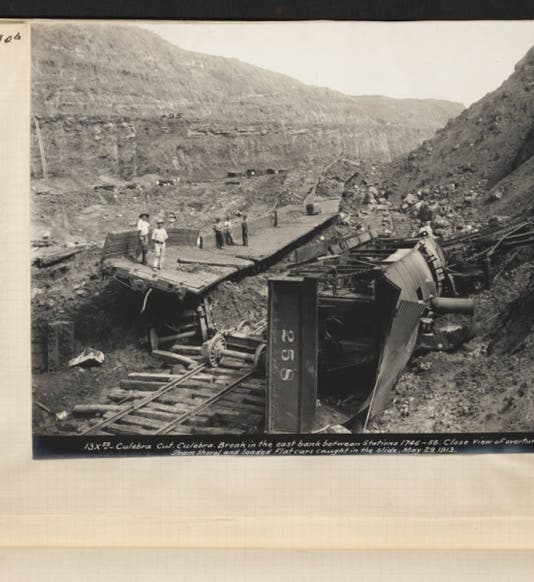
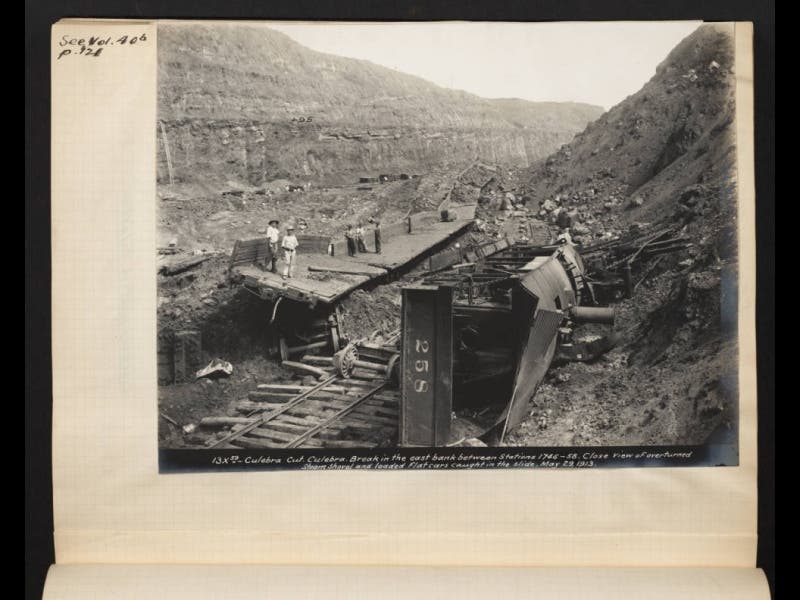
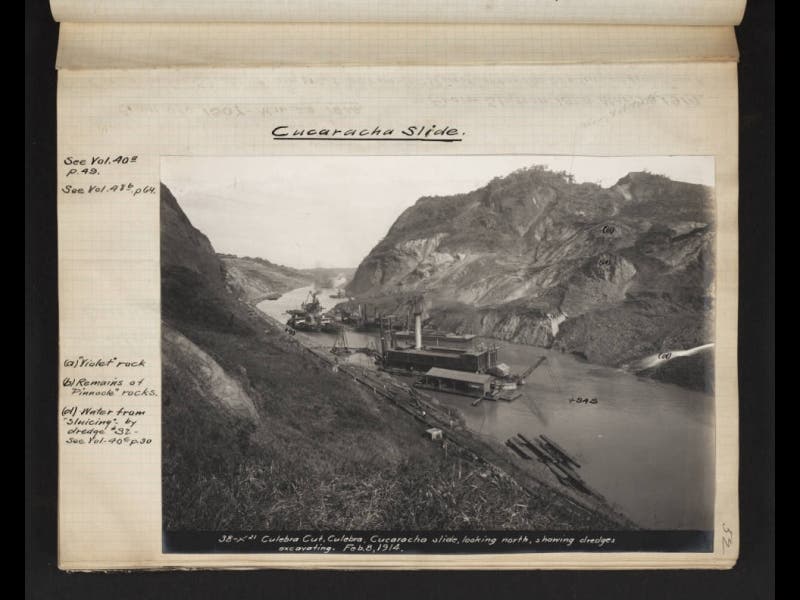
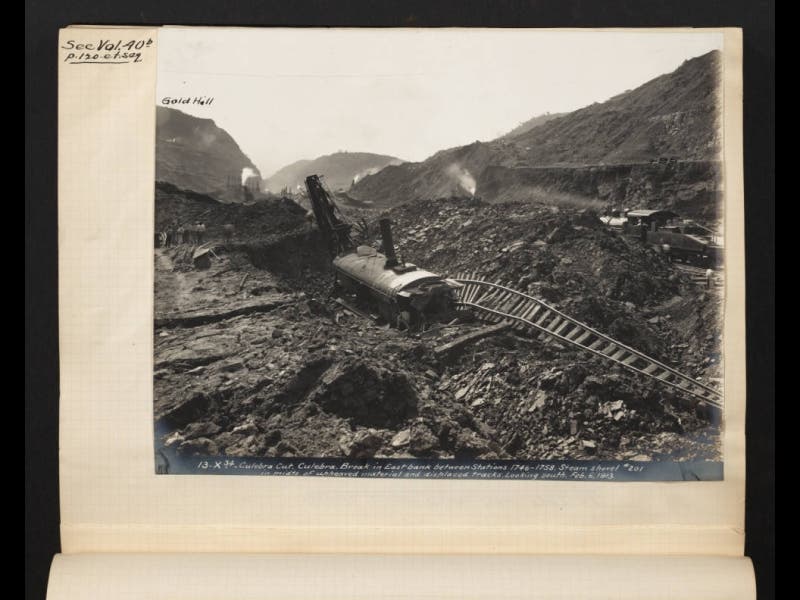
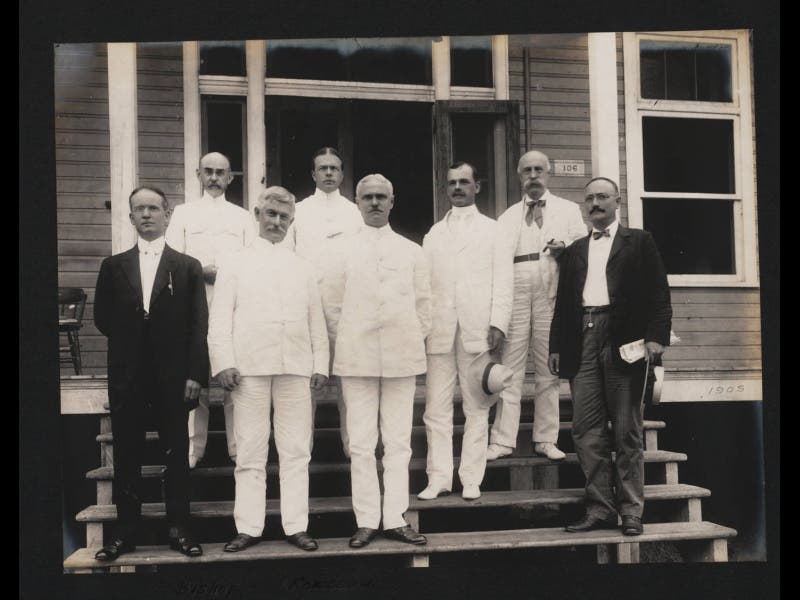

![Andromeda and Perseus, constellations figured by James Thornhill, with star positions determined by John Flamsteed, in Atlas coelestis, plate [15], 1729 (Linda Hall Library)](https://assets-us-01.kc-usercontent.com:443/9dd25524-761a-000d-d79f-86a5086d4774/1b30cfec-5be6-4297-a7fb-97255ba992e5/thornhill1.jpg?w=210&h=210&auto=format&fit=crop)


